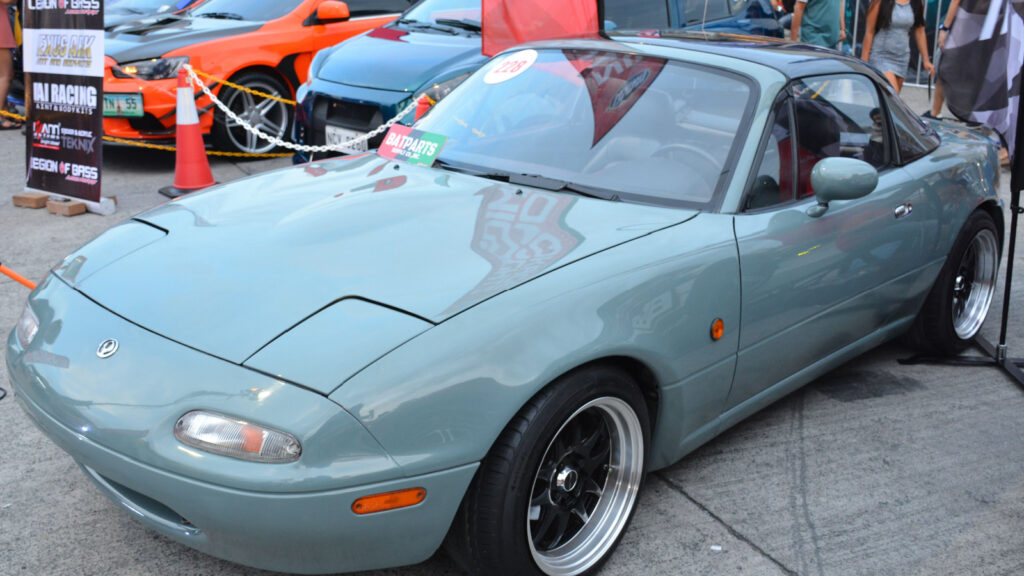As the snow creeps closer and slush begins its seasonal takeover of Canadian roads, car markets experience an unusual shuffle. Dealerships and private listings start filling with specific models that drivers are eager to offload before the first snowflake sticks. From low ground clearance sedans to gas-guzzling SUVs, certain vehicles simply lose their appeal once subzero temperatures hit. Here are 15 vehicles Canadians are quietly dumping before winter.
Small Electric Hatchbacks
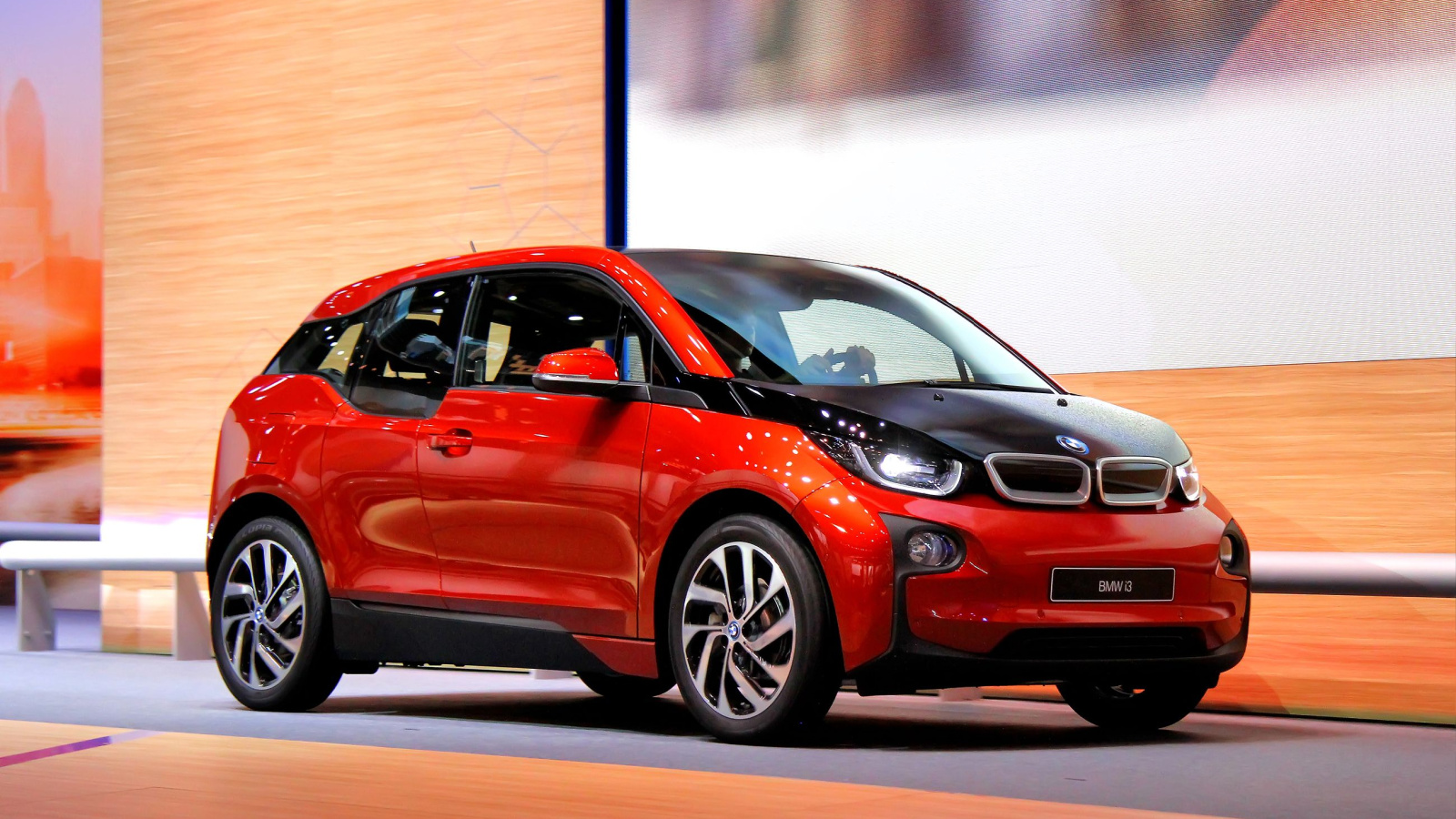
Compact EVs like the Nissan Leaf or older BMW i3 models are being resold in surprising numbers before winter. The issue isn’t the technology itself, but rather the reduced range that cold weather imposes on their already modest batteries. Many drivers discover that the advertised 250 km drops to under 150 km during a -20°C week. That’s fine for urban errands but stressful for long commutes, especially without abundant charging options in rural or suburban regions. Limited ground clearance and narrow tires also make navigating snowbanks and icy driveways risky, encouraging owners to switch to something more winter-friendly.
Rear-Wheel Drive Sedans
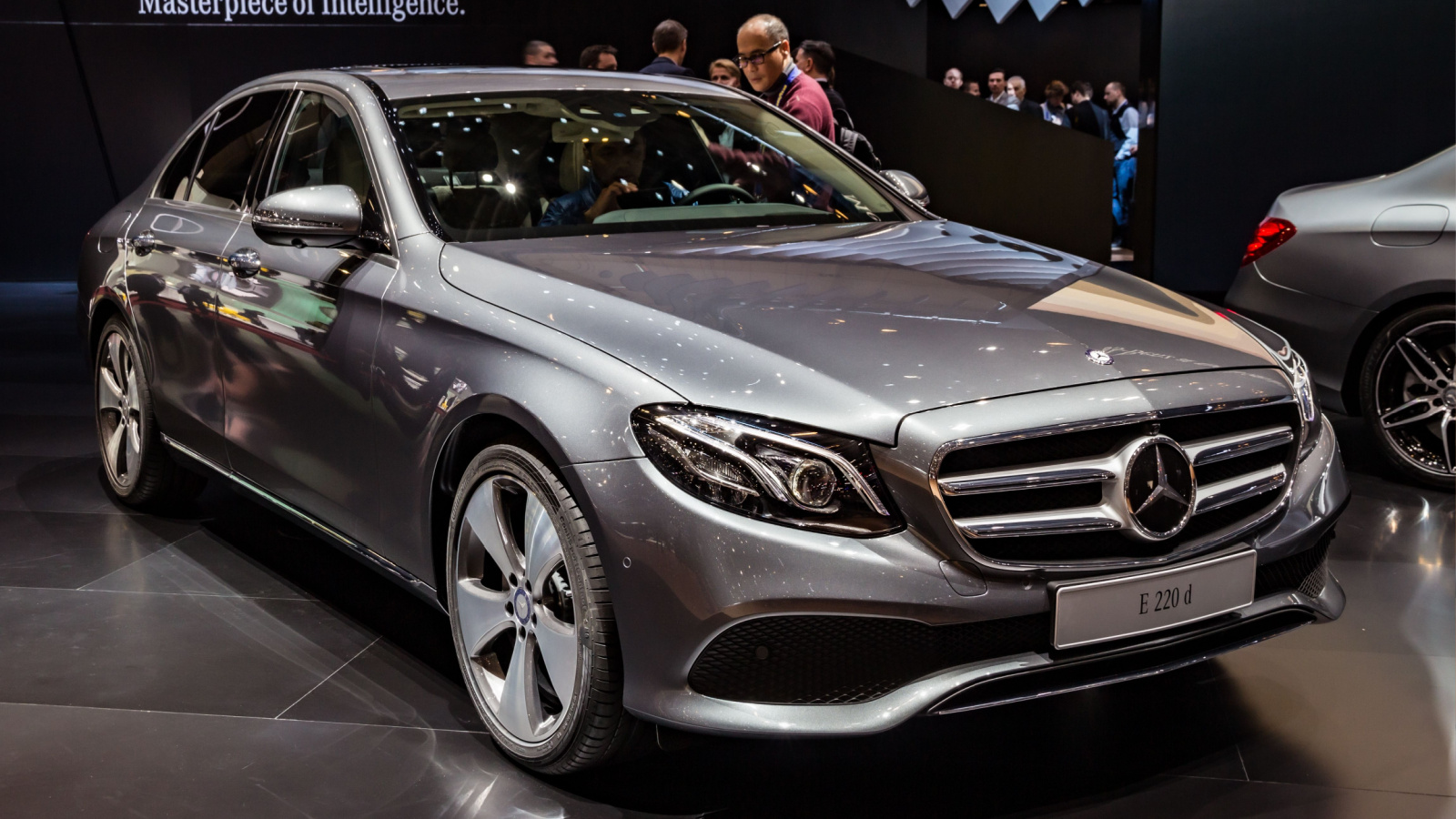
Luxury sedans like older Mercedes-Benz E-Class and BMW 5 Series with rear-wheel drive are often first on the chopping block when snow season looms. While they offer smooth highway comfort, their lack of traction on slippery surfaces makes them impractical in Canadian winters. Even with winter tires, these cars struggle on hilly roads or unplowed side streets. For city drivers with parking garages, managing icy inclines becomes a recurring headache. The resale market remains steady in autumn, as buyers who don’t drive in harsh climates still appreciate the styling and comfort, prompting many owners to sell before the snow arrives.
Two-Door Sports Cars
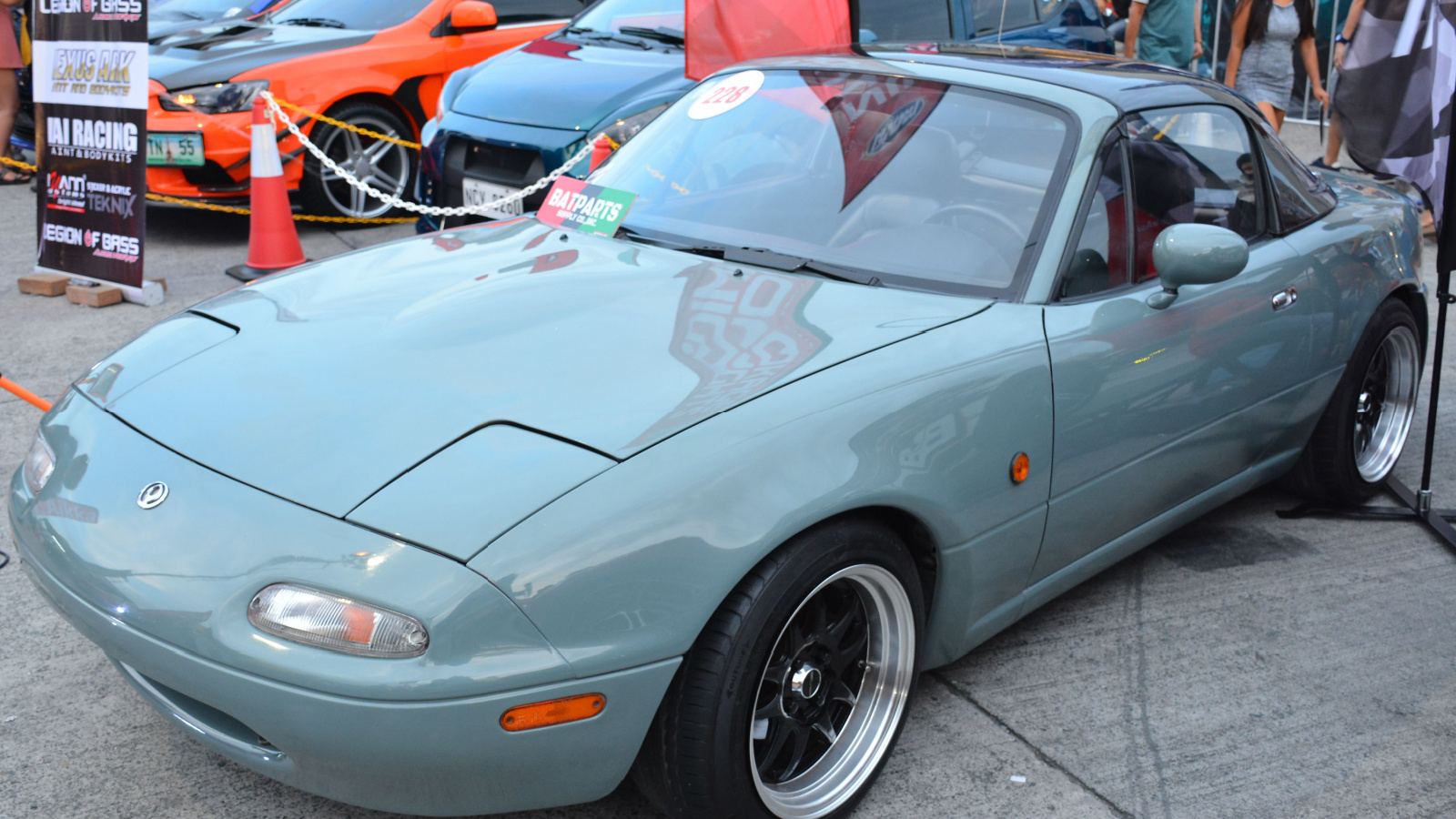
Performance vehicles such as the Ford Mustang, Dodge Challenger, or Mazda MX-5 are thrilling on open summer roads but become storage headaches in winter. Owners often lack garage space to keep them protected from salt and slush, and winter driving strips away the fun factor entirely. With wide tires and low ground clearance, these cars become nearly undrivable on icy roads. Insurance costs also rise during winter, making them even less appealing to keep year-round. Many Canadians opt to sell before cold weather and later consider buying another used sports car once spring revives the market for fun driving.
Older Pickup Trucks
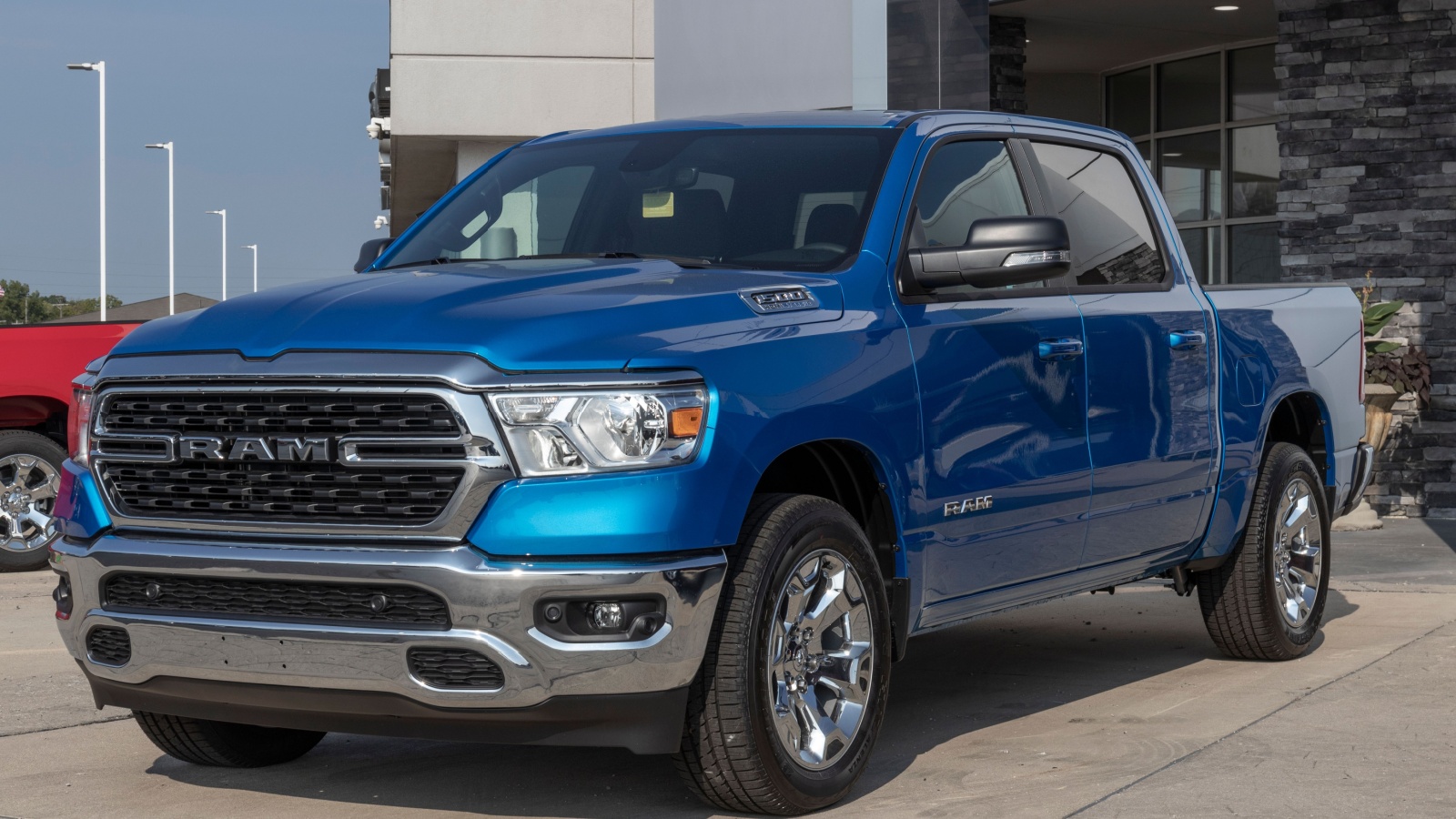
Pre-2010 trucks like the Ford F-150 or Dodge Ram are being traded in quickly before the deep freeze sets in. The reason isn’t capability; most can handle snow, but reliability concerns. Cold weather magnifies engine issues, weak batteries, and rust damage that older models already face. With salt-heavy roads, frames and brake lines corrode faster, leading to expensive repair bills. Fuel efficiency is another factor: heavy trucks drain wallets when gas prices spike in winter. Owners increasingly swap them for newer models with better rust protection, improved safety features, and four-wheel-drive systems designed for Canada’s rough winter conditions.
Luxury Convertibles
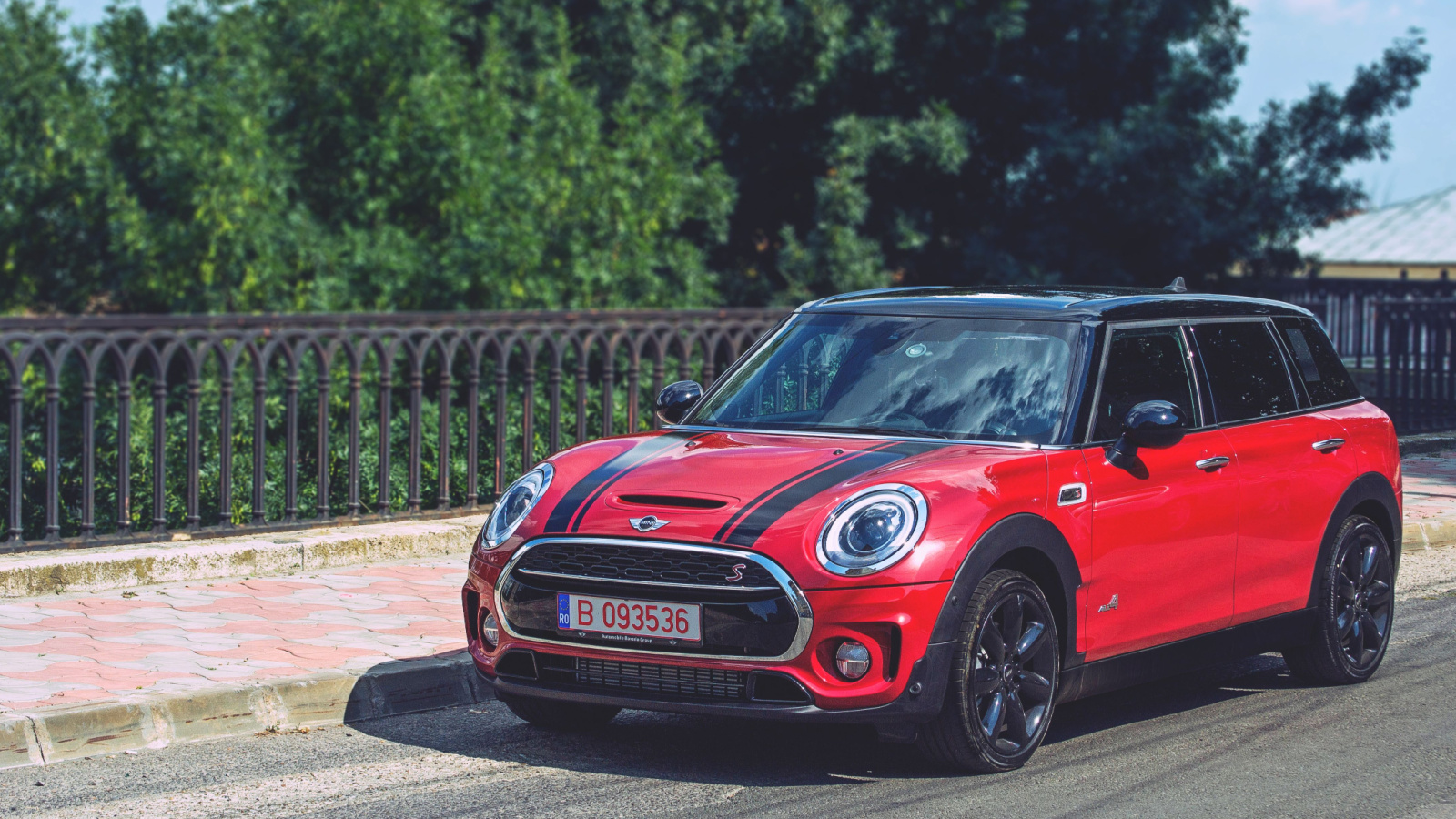
Soft-top convertibles such as the Audi A5 Cabriolet or Mini Cooper Convertible see a surge in fall trade-ins. While they turn heads in July, their lightweight roofs are poor insulators against freezing winds. Many owners worry about leaks from melting snow or damage from heavy ice loads. Road salt also wreaks havoc on exposed undercarriages, and repairs can be costly. Even when hardtop convertibles are considered, buyers prefer storing them during winter, which isn’t always feasible. As a result, sellers list these vehicles before the market cools, aiming to catch summer enthusiasts who still crave a drop-top experience.
Minivans Without AWD
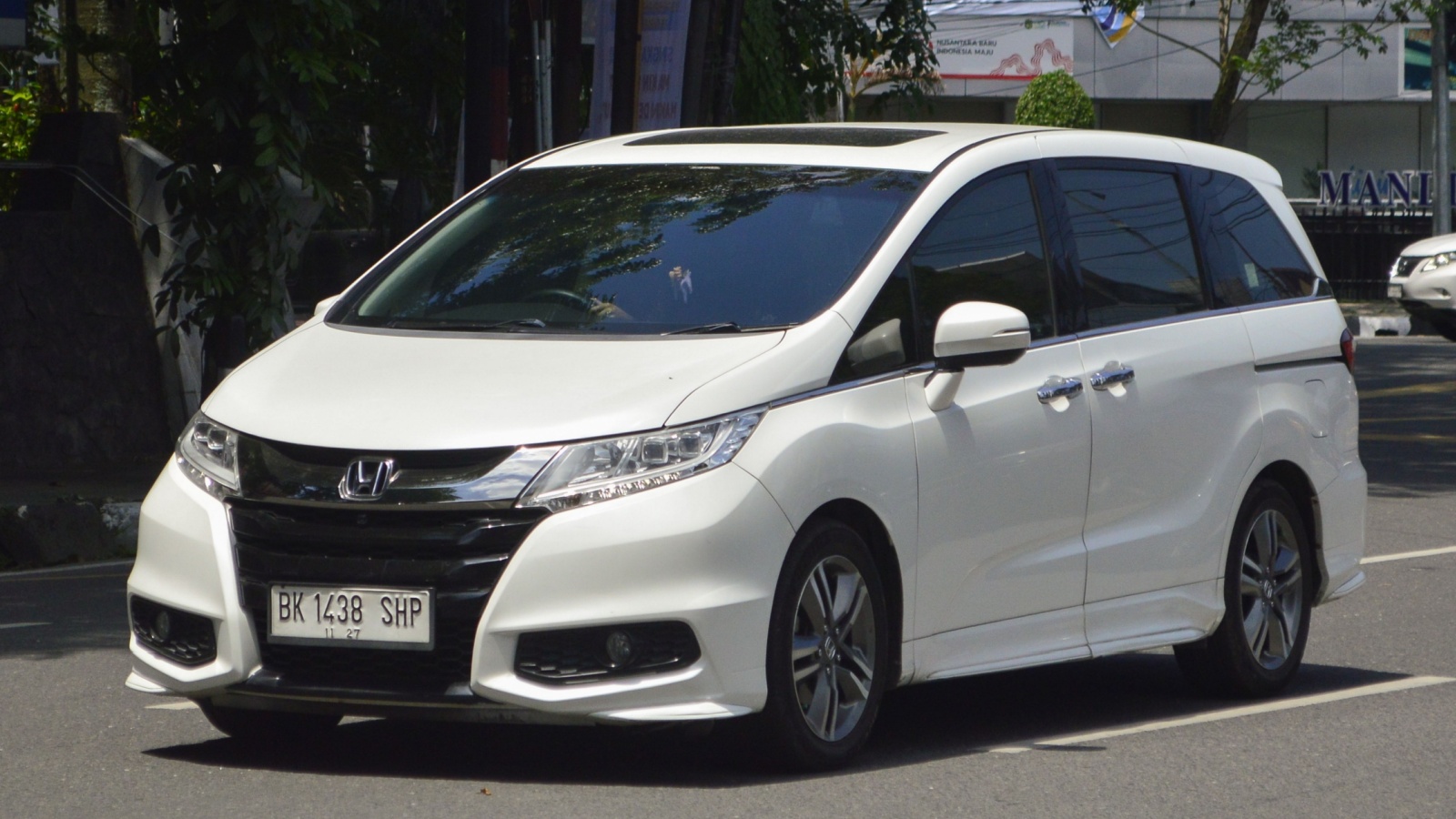
Models like the Dodge Grand Caravan or Honda Odyssey, especially older trims without all-wheel drive, are being pushed out before winter. While excellent for family hauling, these vans often struggle on snowy hills or rural roads. Their weight distribution doesn’t inspire confidence in icy conditions, and traction control systems are less effective compared to modern SUVs. Families upgrading often switch to three-row crossovers that combine similar seating capacity with AWD and higher ground clearance. The market for budget minivans remains solid in the fall, making it the perfect time for owners to offload them before they sit unsold through winter.
Budget Subcompacts
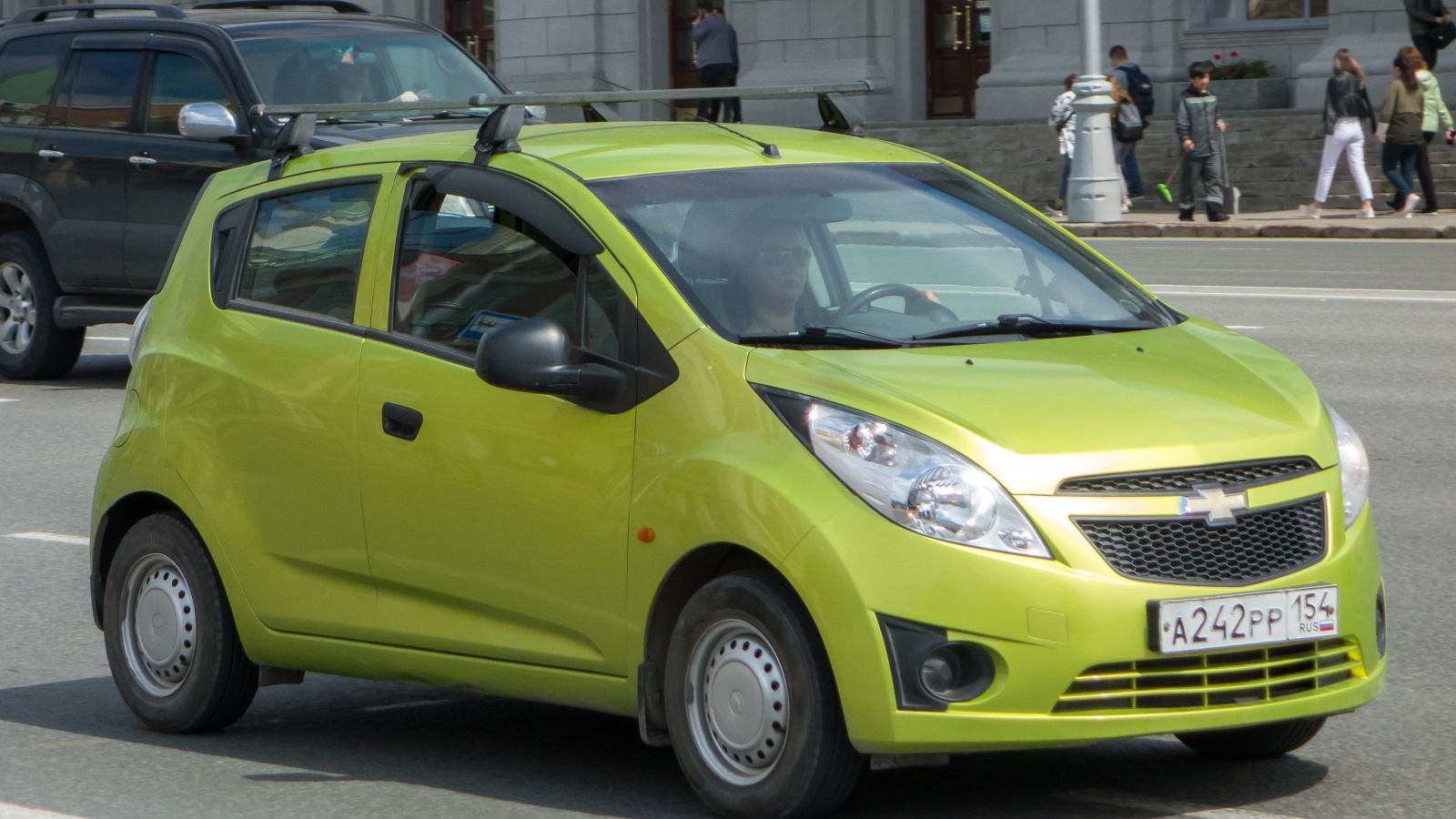
Small cars like the Chevrolet Spark, Hyundai Accent, and Mitsubishi Mirage are disappearing from classifieds as temperatures drop. The appeal of their low purchase price and fuel efficiency fades when faced with deep snow and poor heating systems. Their tiny engines take longer to warm up, leaving drivers shivering during morning commutes. Lightweight frames don’t inspire confidence on icy highways, and their low stance means scraping over slush piles. These vehicles may be perfect for southern climates, but in the north, many owners decide to sell in autumn and move into a slightly larger, more capable compact SUV.
Luxury SUVs Without Winter Packages
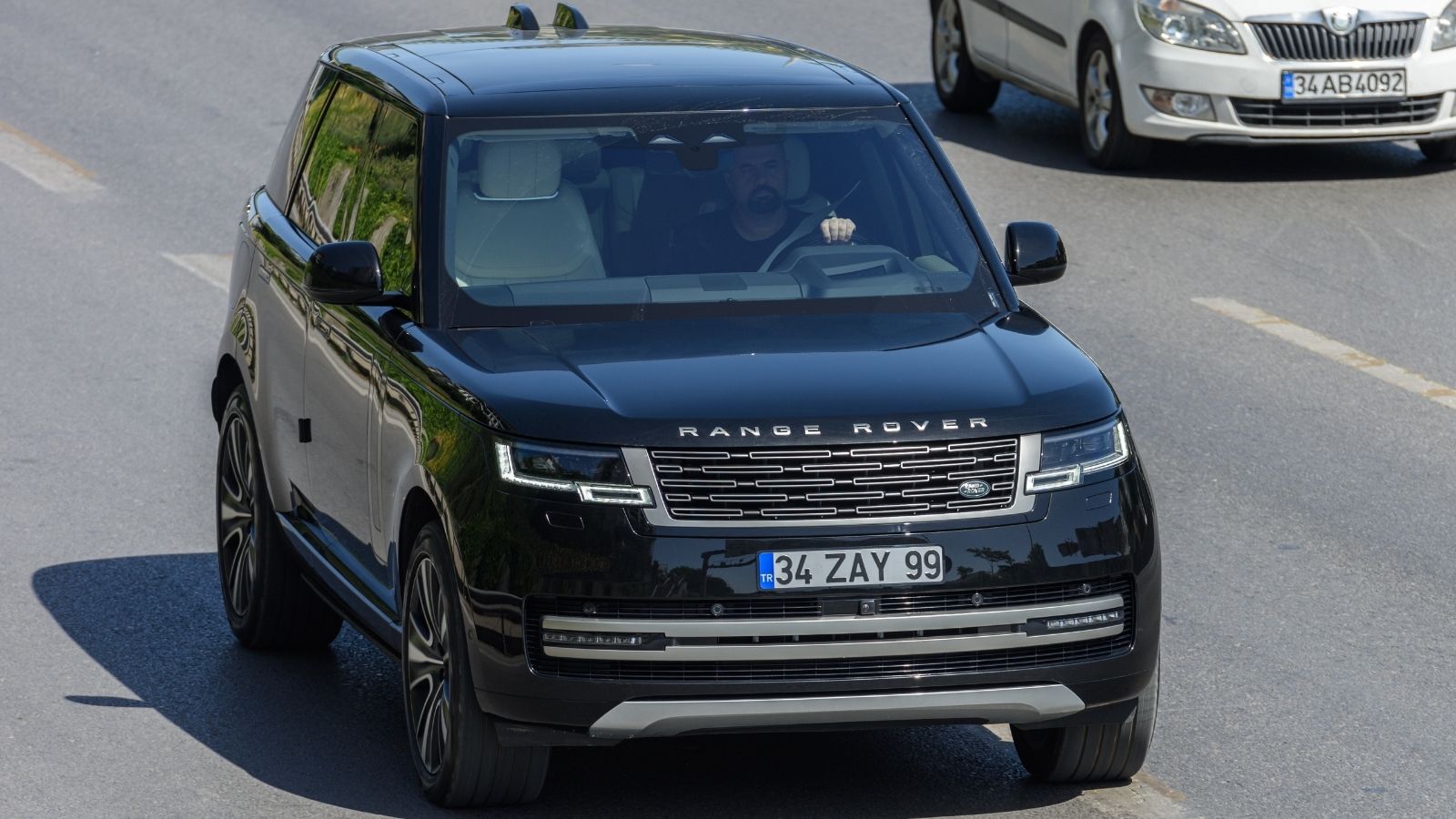
High-end models like Range Rovers or Porsche Cayennes without cold-weather packages are surprisingly common among listings before December. Owners realize too late that wide performance tires, glossy finishes, and sensitive electronics make these vehicles more suited to mild climates than harsh Canadian winters. Repair costs spike when sensors freeze or suspension systems react poorly to salt and potholes. Insurance companies also charge more for these high-value vehicles prone to winter mishaps. Some owners trade them for more practical luxury crossovers that come with factory-installed winter upgrades, making resale easier before the resale value dips post-December.
Hybrid Sedans With Small Batteries
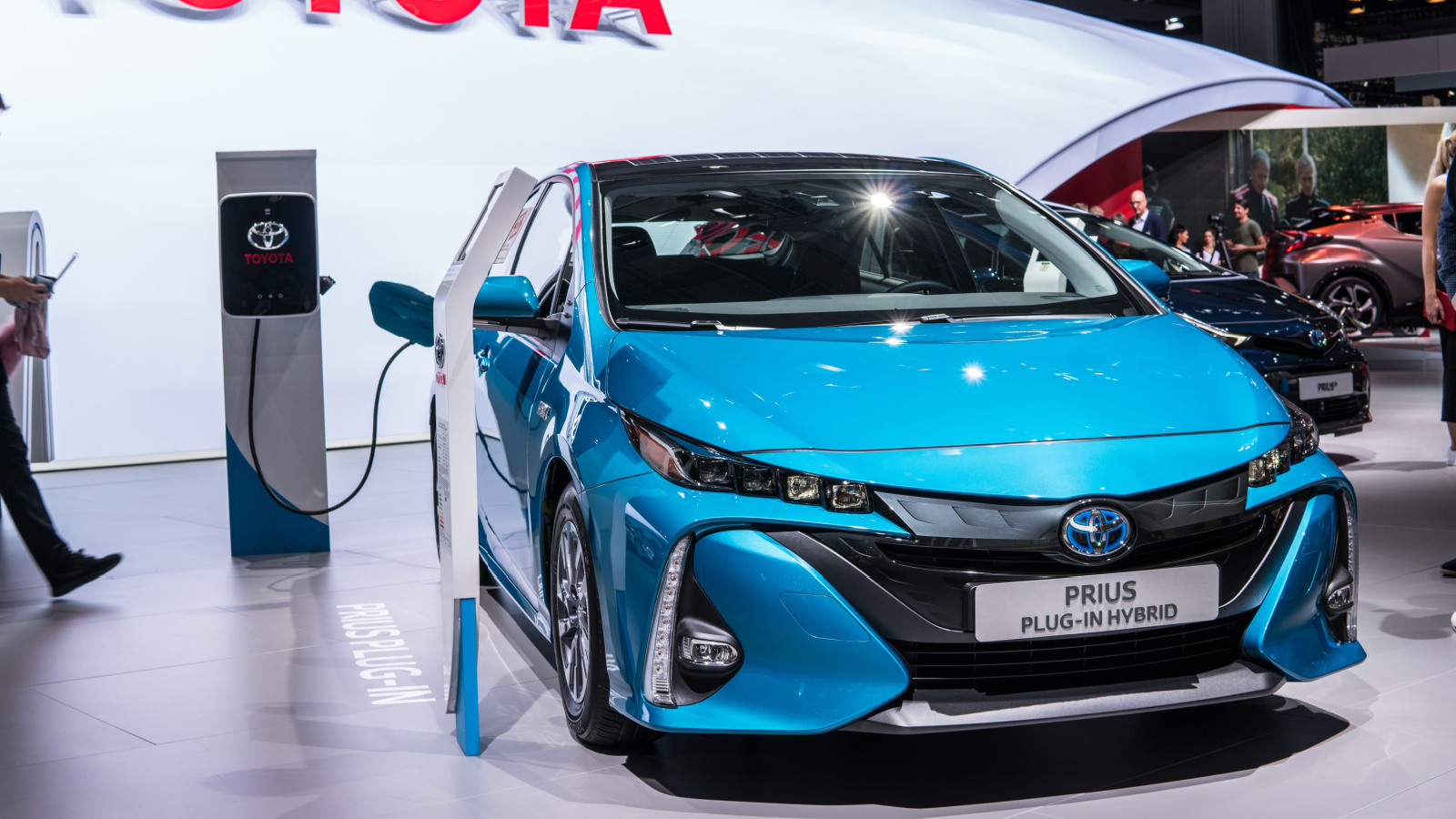
Early-generation hybrids such as the Toyota Prius or Honda Insight have an uncomfortable relationship with freezing temperatures. Battery efficiency drops significantly in cold climates, reducing fuel economy and sometimes triggering system warnings. Their low stance and lightweight builds make winter driving even more stressful, especially in regions with heavy snowfall. Drivers who commute long distances find themselves stuck with cars that can’t deliver the advertised savings in winter. Rather than endure another frustrating season, many owners sell them in the fall when gas-conscious buyers are still browsing, maximizing their return before the cold exposes performance shortcomings.
Diesel Passenger Cars
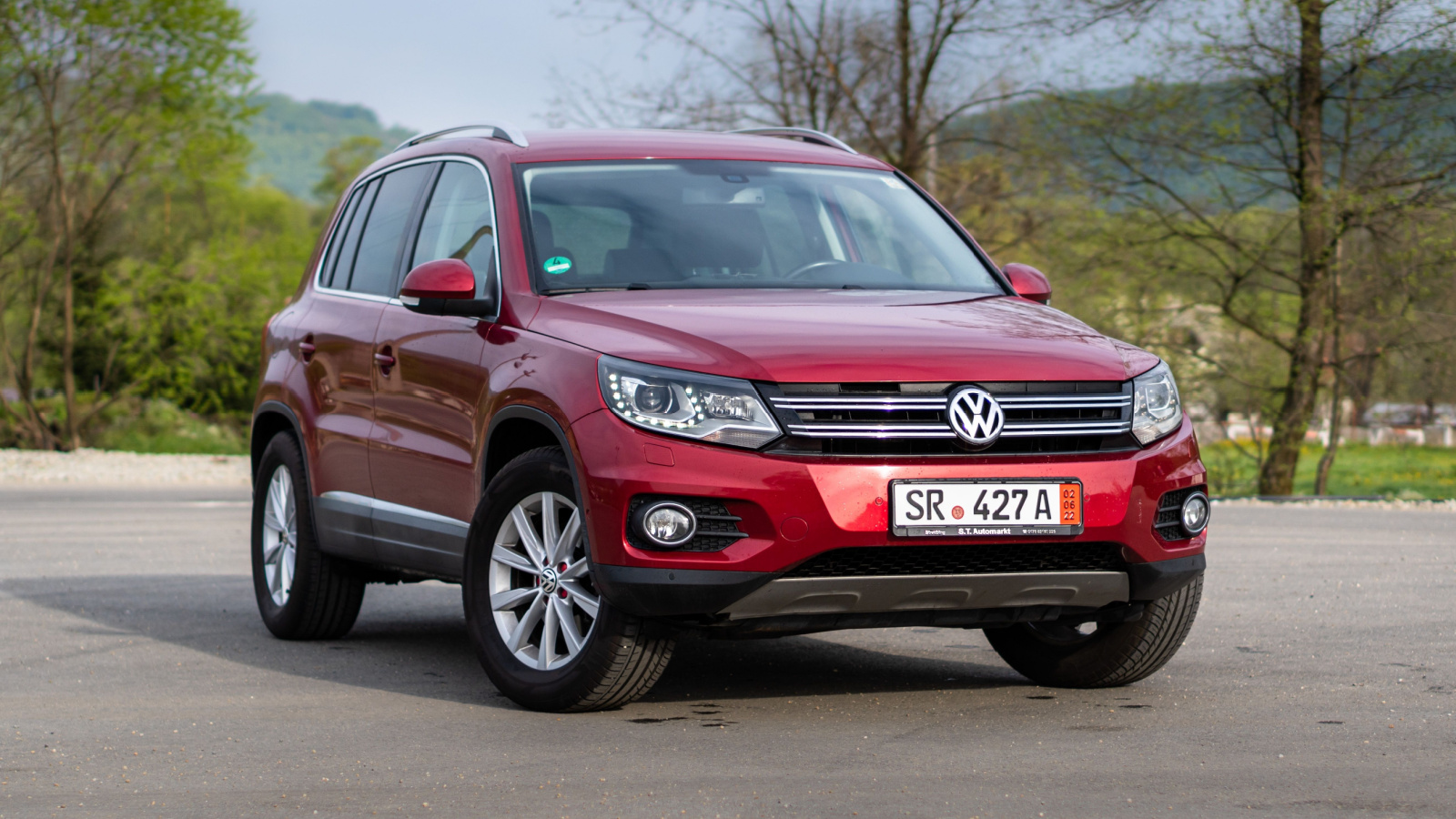
Volkswagen TDIs and older diesel BMWs face increasing abandonment before winter. Diesel engines are harder to start in frigid weather, requiring block heaters and sometimes additives to prevent fuel gelling. Owners who forget these steps risk being stranded on a frozen morning. Repairing emissions systems in older diesels also becomes more common in winter when sensors and filters clog more easily. With fewer diesel-friendly mechanics around, maintenance headaches pile up. As buyers remain interested in them for long-distance efficiency, sellers often seize fall as the prime time to exit ownership before temperatures turn these cars into liabilities.
Large Gas-Guzzling SUVs
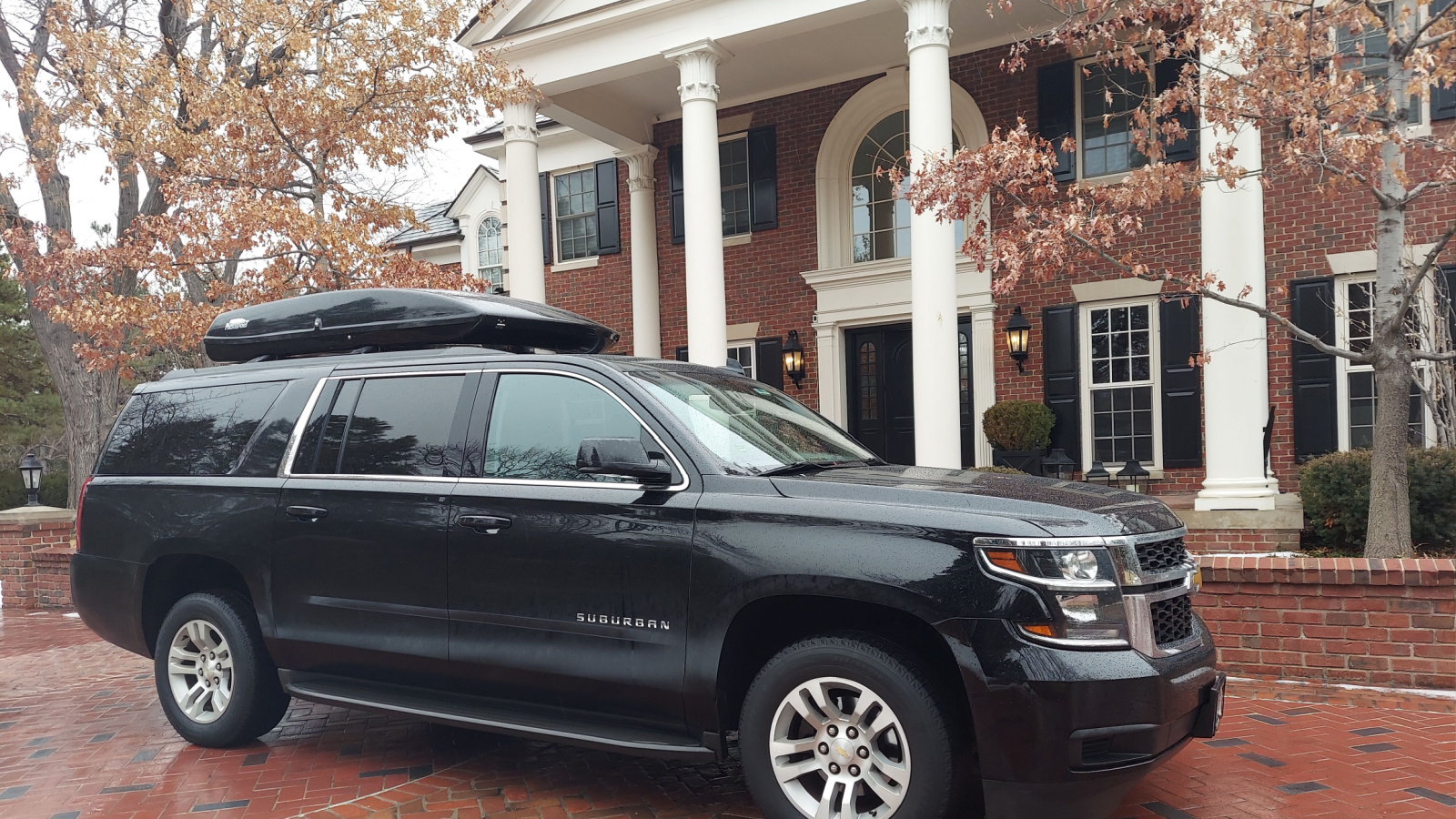
Full-size SUVs like the Chevrolet Suburban, GMC Yukon, or older Cadillac Escalade often appear in autumn trade-ins. While capable in snow, their winter fuel consumption is brutal when gas prices climb. Heating such massive cabins adds to costs, and owners face $200 fill-ups that feel unbearable during the holiday season. Insurance premiums also tend to climb for these bulky models, especially in urban areas with winter collision risks. Many owners downsize to midsize crossovers with AWD, balancing comfort and capability without hemorrhaging money every time they visit a gas station. Fall buyers hunting for big family haulers keep demand steady.
Compact Luxury Cars
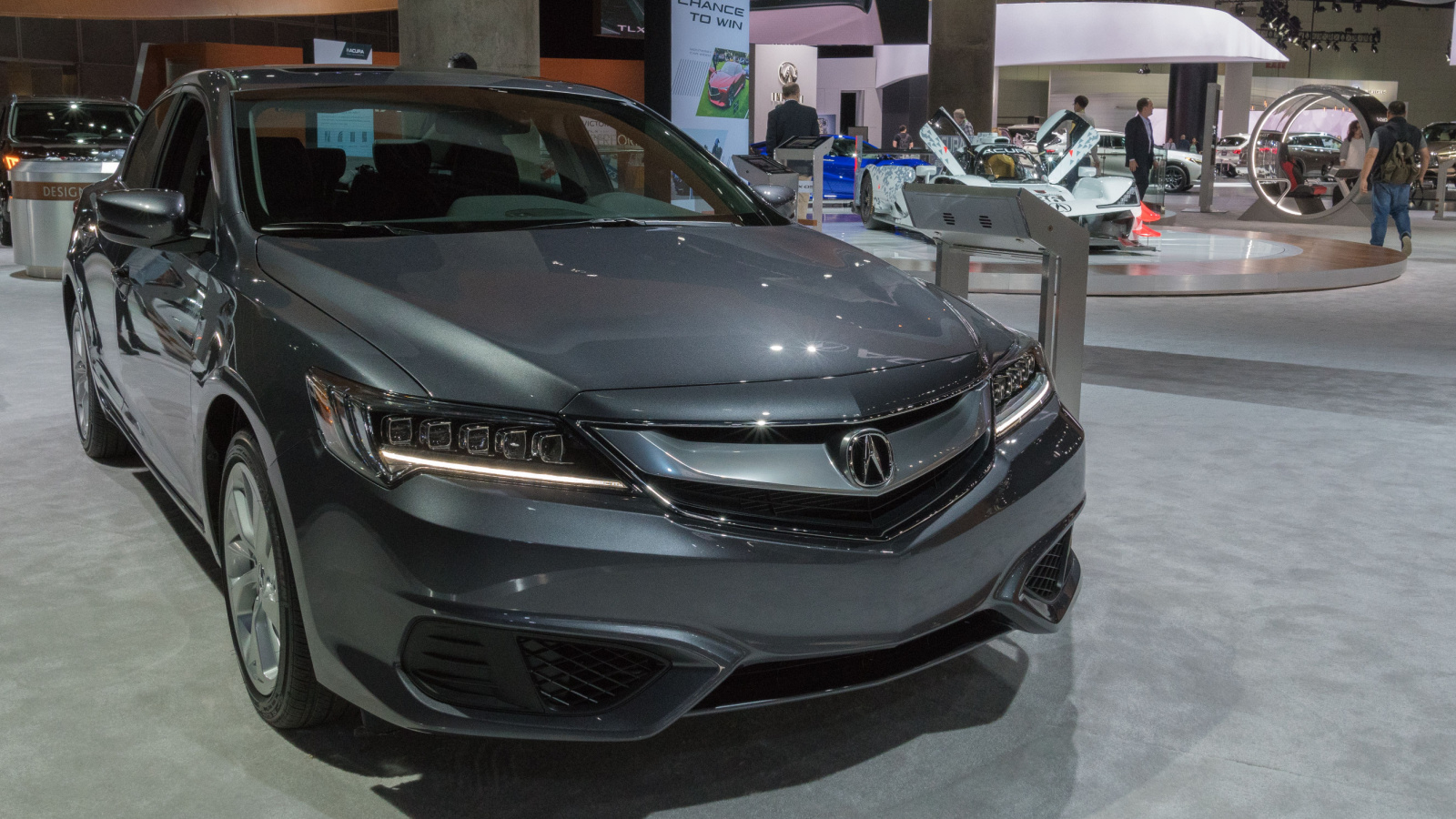
Entry-level luxury cars like the Acura ILX, Audi A3, or Mercedes CLA tend to flood listings in the fall. These cars appeal to younger professionals in summer, but their modest ground clearance and limited trunk space make them poor choices for winter gear hauling. Winter tires help, but they don’t solve the reality of icy commutes and steep driveways. Maintenance costs also bite harder when salt and potholes start damaging suspension and underbody components. Drivers often pivot toward compact luxury SUVs like the Lexus NX or Acura RDX, which offer the same upscale feel with much stronger winter resilience.
Older Crossovers Without AWD
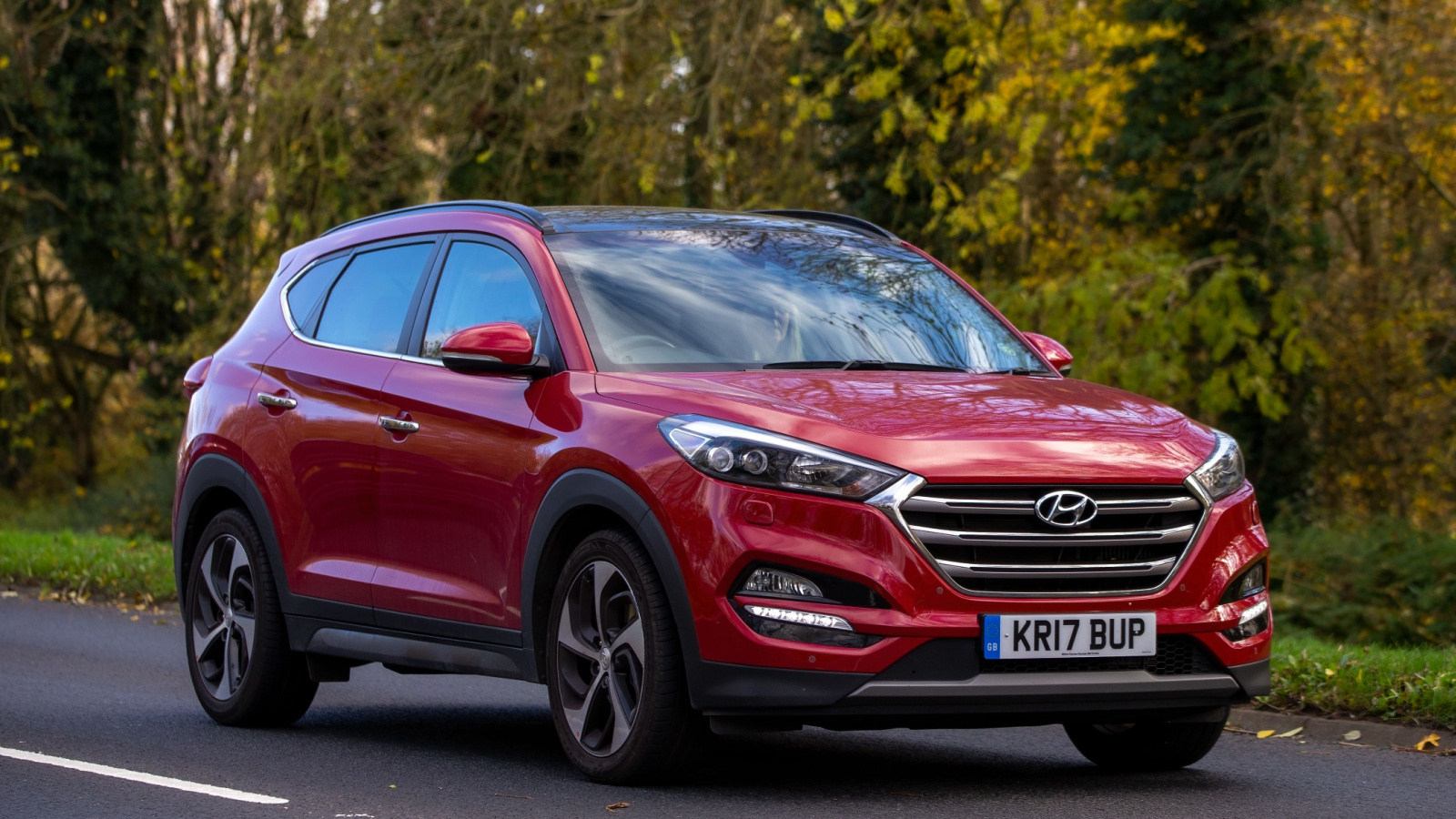
First-generation crossovers like early Hyundai Santa Fe or Ford Escape models often came in front-wheel drive versions. While marketed as SUVs, their real-world performance on snow is lackluster compared to true AWD systems. Owners who bought them for budget-friendly utility now realize they’re at a disadvantage once heavy snow starts piling up. These vehicles often lack modern traction control and stability systems, making them less safe for winter highways. The resale market stays active in autumn as students and city dwellers scoop them up, encouraging owners to sell before resale values drop when winter exposes their flaws.
High-Mileage Sedans
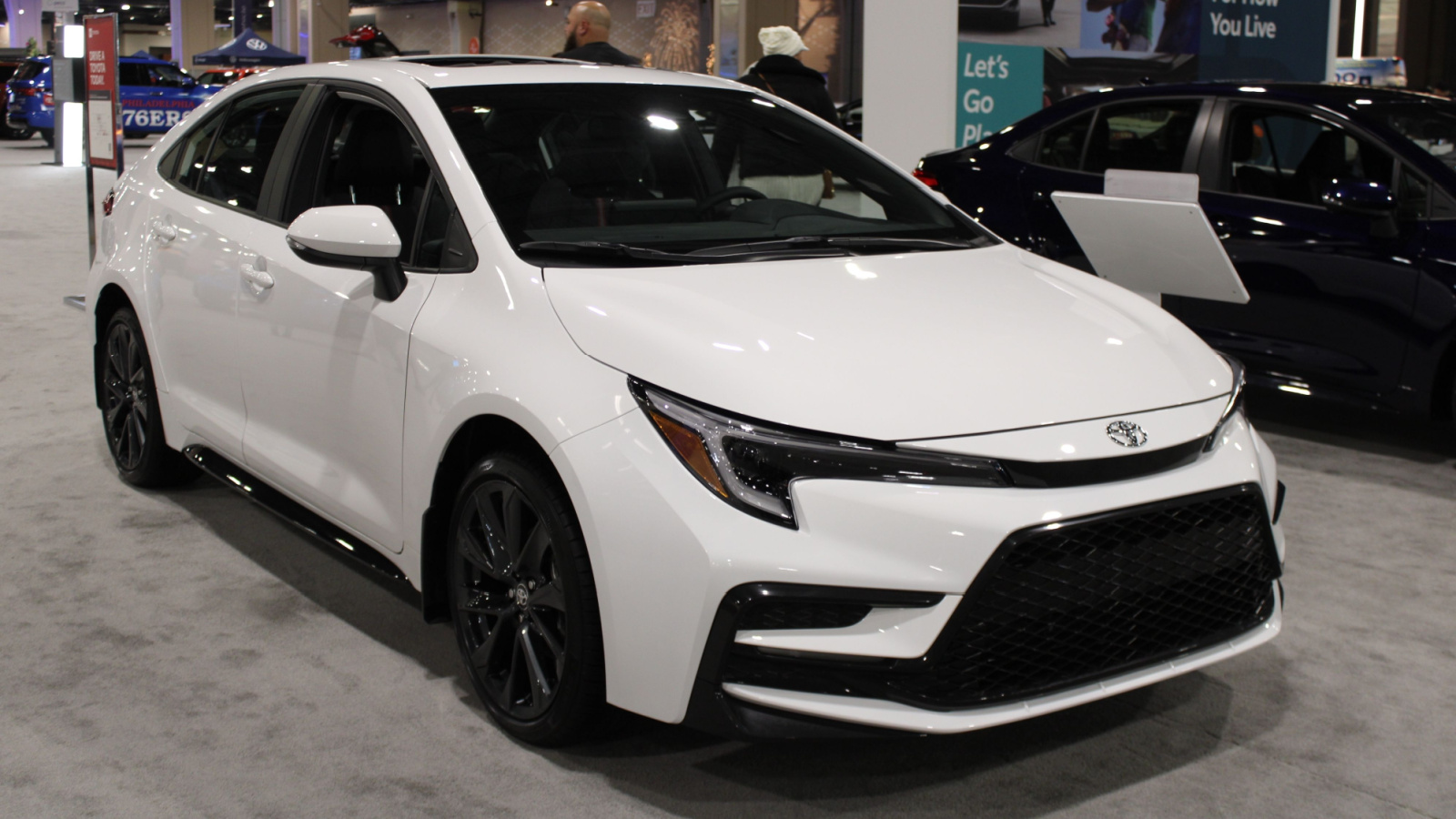
Toyota Corollas, Honda Civics, and similar high-mileage sedans are dependable year-round, but many drivers with older models decide to cash out before winter. Subzero mornings strain worn-out batteries and expose weak alternators or heaters, leading to expensive repair bills. Even the most reliable sedans lose their charm when heating systems underperform and rust patches expand from road salt. Rather than risk a breakdown in January, owners sell in autumn to buyers who prioritize affordability over winter readiness. This cycle keeps older sedans circulating but leaves their previous owners with peace of mind and fewer roadside assistance calls.
Performance-Oriented Compact Cars
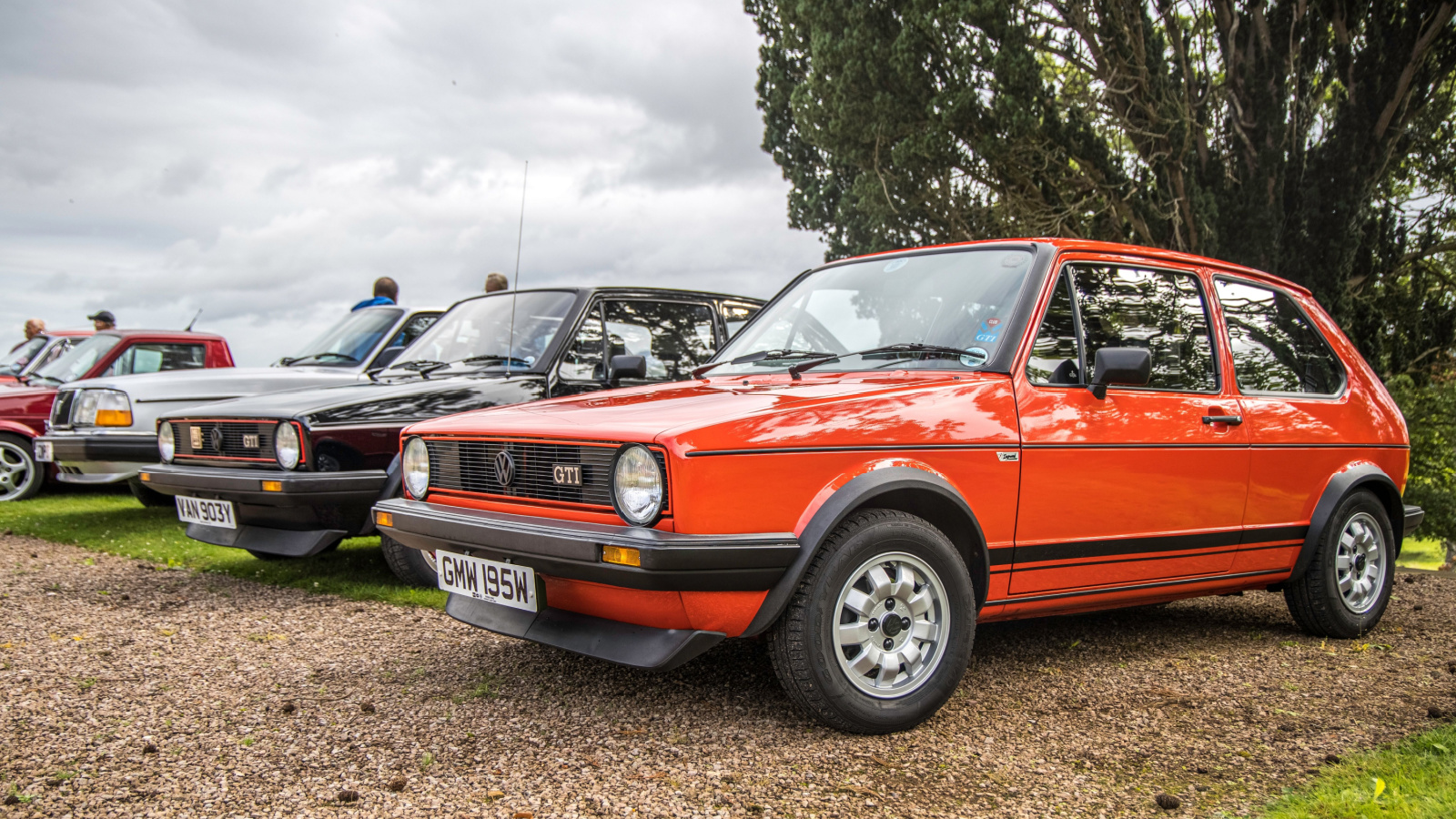
Hot hatches like the Volkswagen GTI, Subaru WRX (non-AWD trims), or Civic Si often see a wave of pre-winter sales. Enthusiasts adore them in summer, but stiff suspensions and low-profile tires feel punishing on rough winter roads. Many lack proper underbody protection, leaving them vulnerable to salt corrosion. Insurance costs also tend to spike for younger drivers during winter, when accident claims rise. For many, selling these vehicles in the fall ensures they don’t lose value sitting unused in a garage. Buyers with milder climate needs keep demand alive, allowing owners to exit without incurring steep depreciation.
21 Products Canadians Should Stockpile Before Tariffs Hit

If trade tensions escalate between Canada and the U.S., everyday essentials can suddenly disappear or skyrocket in price. Products like pantry basics and tech must-haves that depend on are deeply tied to cross-border supply chains and are likely to face various kinds of disruptions
21 Products Canadians Should Stockpile Before Tariffs Hit
